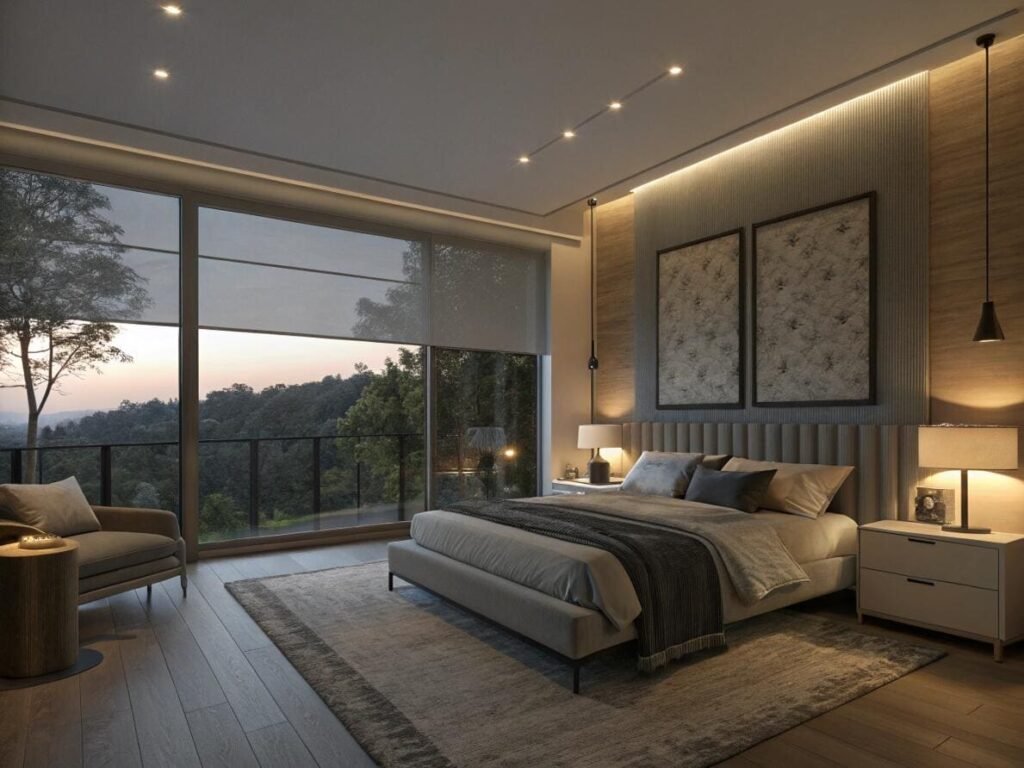You need to source high-quality blinds for your projects, but the idea of working with overseas factories seems overwhelming. You're worried about quality control[^1], communication issues, and delivery delays that could put your reputation on the line.
Finding a reliable Chinese blinds manufacturer[^2] is a straightforward process when you know how to categorize them and apply a simple three-step vetting system. This approach helps you identify capable partners who can deliver on time and to your exact specifications.
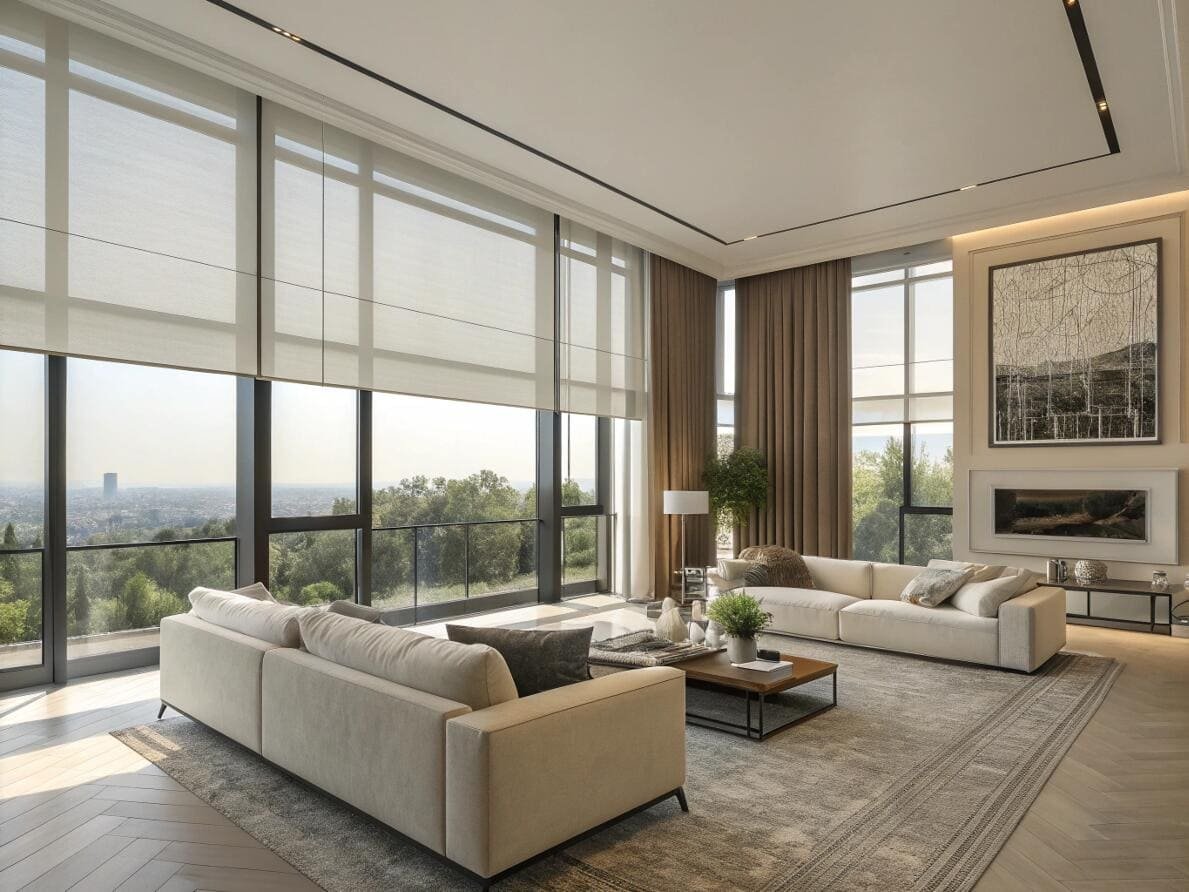
Over the years, I've built my entire business by creating strong relationships with factories here in China. The secret isn't about finding the cheapest quote. It's about understanding the manufacturing landscape and knowing exactly what to look for. For project contractors and designers I work with, this knowledge is what separates a successful sourcing strategy[^3] from a costly mistake. I've developed a simple framework that helps you identify the best partners and secure the quality and flexibility your projects demand.
What are the different types of Chinese blinds manufacturers?
You're getting quotes that are all over the place. Some factories seem to do everything, while others are incredibly cheap. You need to understand who you're actually dealing with to make a smart choice.
Chinese blinds factories generally fall into two categories: "Integrated OEM Factories[^4]" that control the entire production line, and "Assembly-Focused Factories[^5]" that outsource parts. Knowing the difference is key to managing quality and lead times[^6].
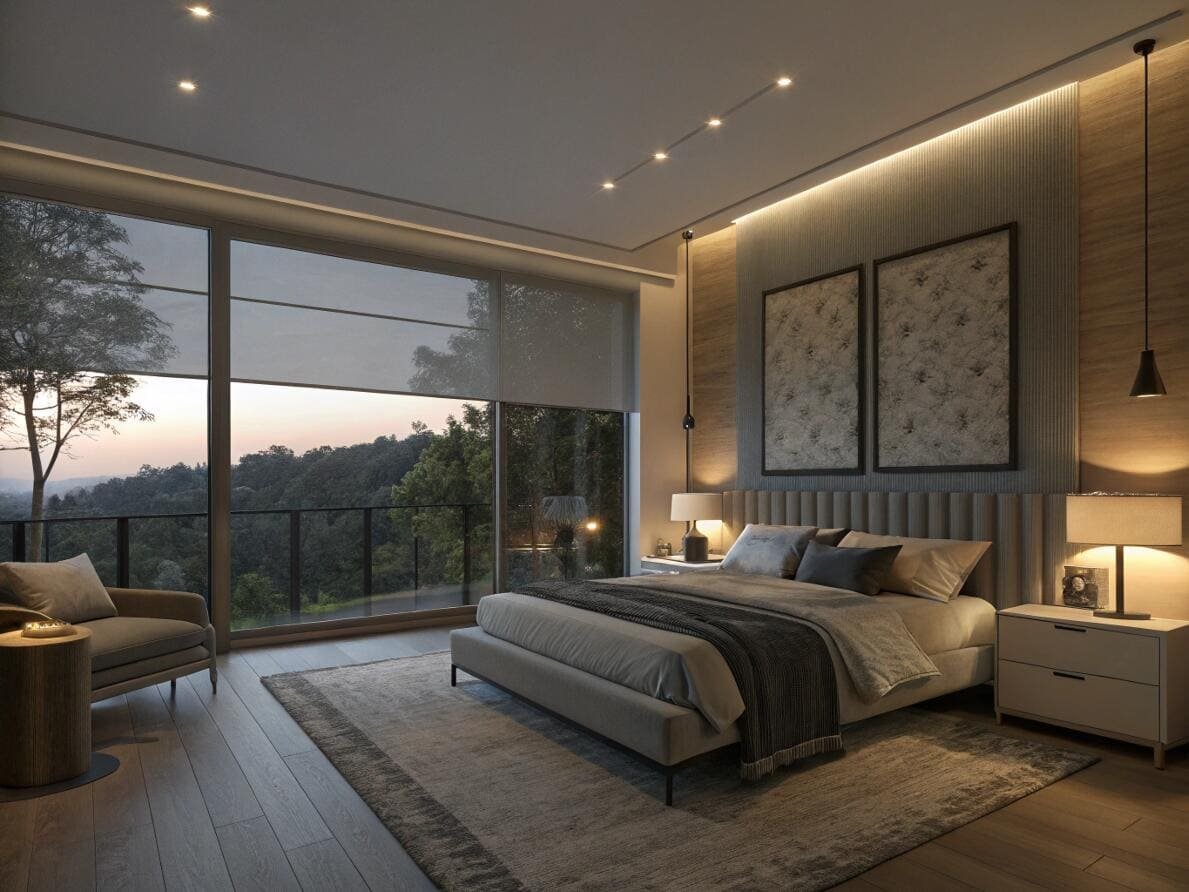
I always start by figuring out which of the two main factory types I'm talking to. The first type is the Integrated OEM Factory. These facilities have a complete, in-house production line. They handle everything from weaving the fabric and producing the tracks to cutting and final assembly. This gives them tight control over quality and makes their delivery times very stable. They are the best choice for partners who need significant brand customization (OEM/ODM services). The second type is the Assembly-Focused Factory. These factories buy fabrics and components from other suppliers and focus only on the final assembly. Their main advantage is lower cost and often more flexibility for smaller orders. However, you have to carefully audit their component suppliers to ensure product consistency and check their lead times, as they depend on others.
| Factory Type | Core Strengths | Things to Watch For |
|---|---|---|
| Integrated OEM Factory | High consistency, stable lead times, full customization control. | Higher MOQ, potentially less price flexibility. |
| Assembly-Focused Factory | Lower cost, more flexible for smaller orders. | Risk of inconsistency, lead times depend on suppliers. |
Are these factories truly ready for export projects?
You've found a potential supplier, but can they meet international standards? You need to know if they have the right certifications and production capabilities for your market's demands.
Yes, mainstream Chinese manufacturers are well-prepared for export. Most hold key certifications like ISO 9001[^7], CE, and RoHS[^8], and have flexible production lines designed to handle the mixed-batch orders common in Western markets.
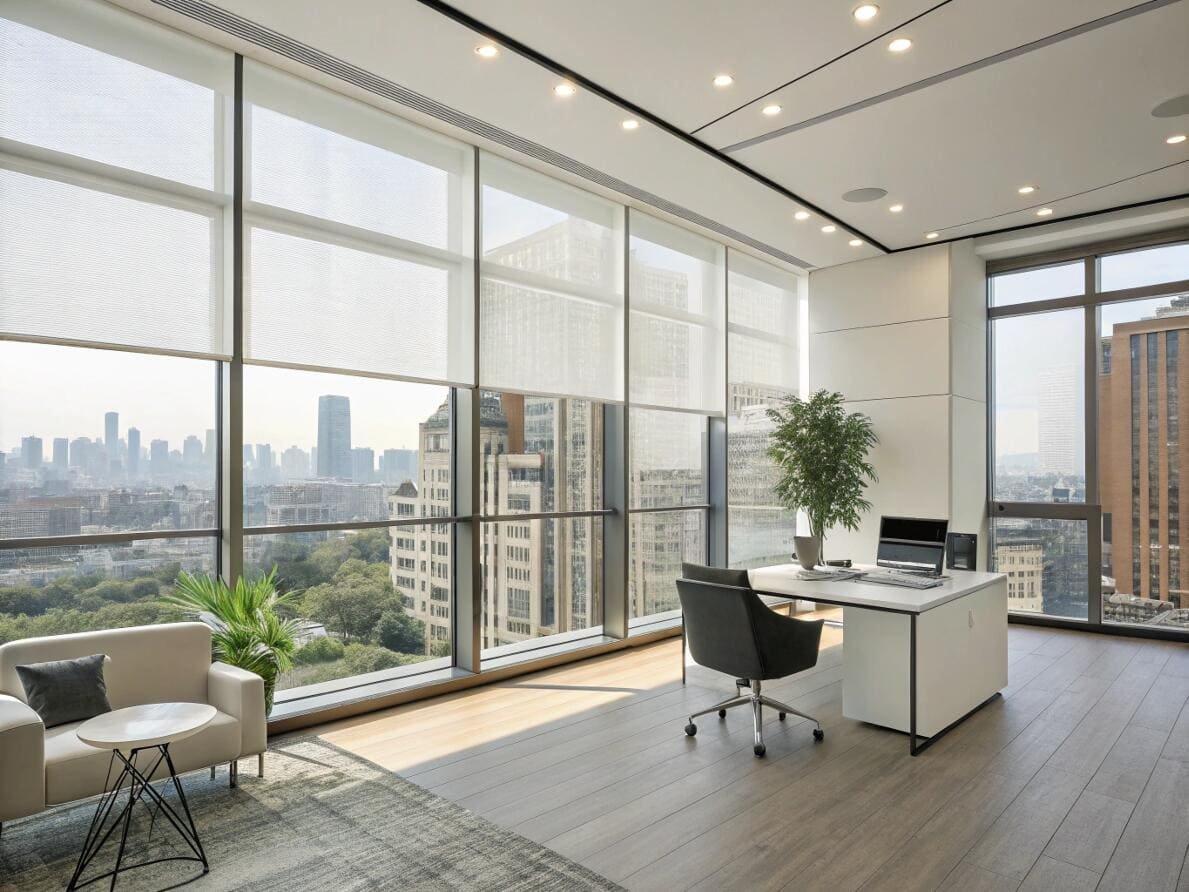
When I'm evaluating a factory's export readiness, certifications are the first thing I check. Documents like ISO 9001 (for quality management), CE (for European standards), and RoHS (for hazardous substance restrictions) are non-negotiable. They are the baseline proof that a factory understands and conforms to international quality and safety expectations. Beyond paperwork, I look at their actual production floor. The top suppliers have agile production lines, often within a 500–1,000 square meter space, that can produce multiple product types at once. This is critical for clients in Europe and North America who often need to place mixed orders with various styles and sizes. This flexibility allows them to quickly switch between producing roller shades, cellular shades, and zebra blinds without major delays, which is a huge advantage for project timelines.
How can you properly vet and partner with a Chinese supplier?
The factory website looks professional and they sent you nice samples. But how do you confirm they can handle your bulk order with consistent quality before you send a deposit?
A quick and effective way to vet a supplier is with a three-step evaluation. This process helps you assess their flexibility, project experience, and actual production capability to ensure they are the right long-term partner.
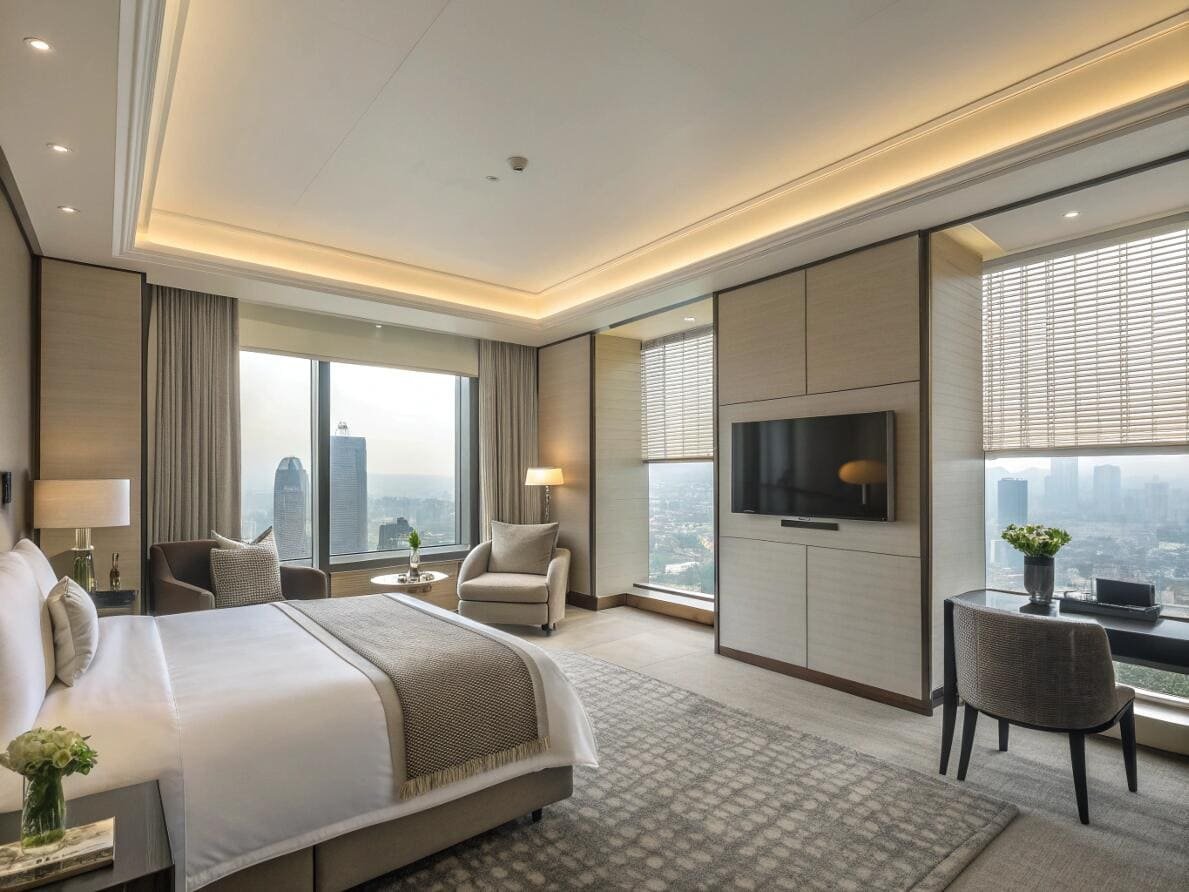
This is where you move from research to action. I use this simple three-step process to quickly qualify a new potential partner, and I recommend my clients do the same.
-
Request their process documents. Ask for their latest templates for Minimum Order Quantity (MOQ)[^9], lead times, and their customization process[^10]. A good partner won't just give you a fixed number. They will have flexible terms based on your order volume. This shows they are willing to work with you as you grow.
-
Check their project portfolio[^11]. A factory that just makes standard residential blinds may not be right for a large commercial project. Ask if their products are used in high-profit applications like hotels, luxury homes, and offices. Then, ask for specific project case studies. This proves they understand the unique requirements of these environments, such as fire-retardant fabrics for hotels or durable motorization for offices.
-
Audit the factory in person (if possible). If you visit the factory, focus on two key areas: their fabric inventory management[^12] and their level of assembly automation[^13]. How they manage their stock directly impacts their ability to meet lead times. Their automation level is the best indicator of their ability to produce large orders with high consistency and a low rework rate.
Following these three steps will help you find a quality factory with scaling capabilities and give you the leverage to negotiate better prices and delivery terms for your projects.
Conclusion
By understanding the types of manufacturers, verifying their export readiness, and using a simple vetting process, you can confidently partner with Chinese suppliers to power your projects with smarter, high-quality blinds.
---
[^1]: Discover essential tips for maintaining quality control in international sourcing.
[^2]: Explore this resource to learn effective strategies for sourcing quality blinds from China.
[^3]: Explore proven strategies to enhance your sourcing efforts and build strong partnerships.
[^4]: Understanding Integrated OEM Factories can help you choose the right manufacturing partner.
[^5]: This link will clarify the operational model of Assembly-Focused Factories and their benefits.
[^6]: Learn how to effectively manage lead times to ensure timely project delivery.
[^7]: This resource explains the significance of ISO 9001 in ensuring quality standards.
[^8]: Explore the importance of RoHS compliance in ensuring safe manufacturing practices.
[^9]: Learn about MOQ and its implications for your sourcing strategy.
[^10]: Understanding the customization process is key to meeting your specific project needs.
[^11]: This link provides insights on assessing a supplier's experience through their project portfolio.
[^12]: Discover effective inventory management practices that impact production efficiency.
[^13]: Learn how automation in assembly can enhance production consistency and reduce costs.Partner with VelaBlinds for Your Next Project
Smart window treatments shouldn't be complicated. After working with 500+ distributors and contractors worldwide, I've streamlined the process to get you quality products, competitive pricing, and reliable support - every time.
Why project professionals choose VelaBlinds:
- ✅ Fast, Accurate Quotes - Detailed specs and pricing within 24 hours
- ✅ Transparent Pricing - No hidden fees, volume discounts clearly outlined
- ✅ Quality Assurance - Direct partnerships with certified OEM manufacturers
- ✅ Project Support - Dedicated account manager from quote to delivery
Start your next project:
📧 Quick Quote: Send your requirements to info@velablinds.com
📱 Direct Contact: WhatsApp +86 137 2012 8317
🌐 Browse Solutions: https://velablinds.com/
📁 Product Resources: Access spec sheets, catalogs & project files
Paul Chen, Founder
"I built VelaBlinds to solve the real challenges I faced as a project buyer - long lead times, unclear specs, and unreliable suppliers. Let's discuss how we can power your projects with smarter blinds."
Serving distributors and contractors across North America, Europe, and Australia since 2018.

